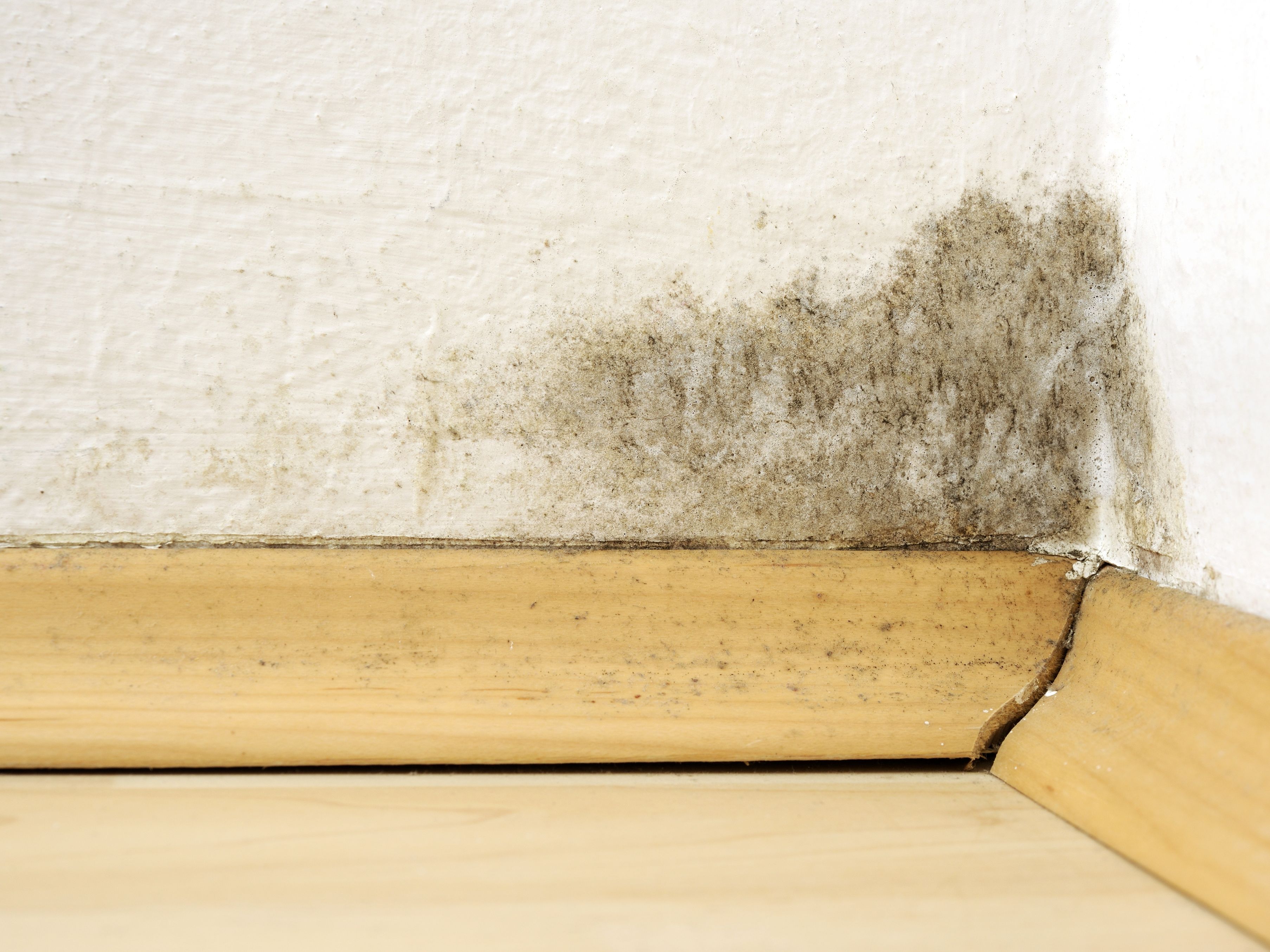
MOULD GROWTH
Mould growth will appear on any damp surfaces such as plaster, wallpaper and timber and is associated with condensation problems in many buildings. It is unacceptable because of appearance (unsightly growths of various colours – greens, yellows, pinks, black, grey or white). Musty and damp odour. Fears of health and hygiene considerations (particularly in food processing industries).
The appearance of mould growth in buildings often suggest poor standards of property maintenance and/or domestic activities encouraging condensation.
Prolonged exposure to will cause disintegration and disruption of certain painted surfaces. Paper and certain fibre building fabrics may also be softened and deteriorate as some mould species are capable of digesting cellulose.
WHAT ARE MOULDS?
Moulds are simple fungi. From several groupings in the fungal classification system. Spores are produced under asexual and sexual reproduction. It is the sexual reproduction of fungi that allows genetic modification to adapt and tolerate changes in the environment. Such as humidity, temperature and food requirements.
FEATURES OF MOULD
There are three principal features common to the broad range of mould fungi.
1) They have simple food requirements, they can exist on non-nutrient materials, such as plaster and brick. Which have traces of contaminating organic matter.
2) They produce vast numbers of spores that allow rapid adaption to particular environments.
3) They grow very quickly under suitable conditions.
MOISTURE
The main requirement for the development of mould growth is a source of moisture. Although food, oxygen and a suitable temperature are important. It is available water that is critical to mould development and different materials at the same moisture content often have different water availabilities.
RELATIVE HUMIDITY
Moulds can be regarded as hydrophilic fungi (tolerating high water availability). Although individual species have their own optimum requirements for moisture. In most situations where surface condensation occurs, and the relative humidity of the internal atmosphere exceeds 70%. Mould growth will be established.
The susceptibility of the material to mould growth will vary, as mentioned previously. For instance it has been demonstrated that mould will develop on cheese and leather at 76% RH it will develop on wood below 85% RH nor cotton or glass below 96% RH.
The longer the surfaces are under conditions of high moisture or locally high humidity – The greater the probability of mould growth developing.
In a number of structures, there may be local or adjacent high humidity at the walls of the building sufficient for mould growth. Whereas the internal environment may not be experiencing relative humidities above 70%.
There have been approximately one hundred species of fungi detected in dwelling houses.
The species commonly encountered were Pencillium, Cladisporium, Rhizopus, and Mucor. Fungi specifically encountered on paint and plaster were for example Cladisporium Cladosporiodes, Aspergillus Niger, Pencillium Purpurogenum and Mucor Plumbeus.
If you require our assistance please contact us today via our website CLICK HERE.
